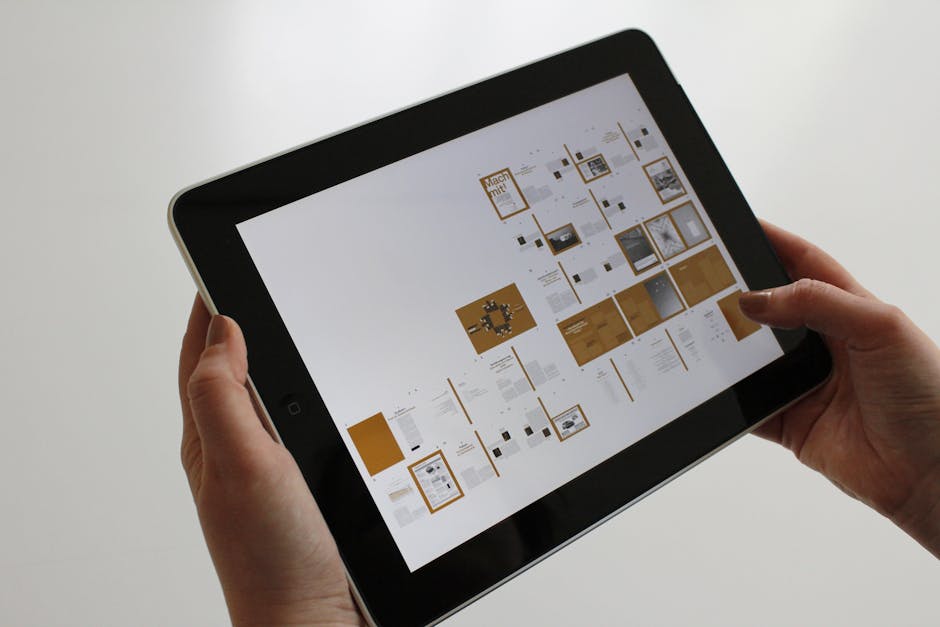The internet has had a profound impact on the way we consume and interact with media. In the past, we relied on traditional outlets such as television, radio, and newspapers for our news and entertainment. However, with the advent of the internet, we now have access to a vast array of content from a variety of sources. This has led to a decline in the popularity of traditional media outlets and a rise in the popularity of online media.
One of the most significant ways that the internet has affected the media landscape is by making it possible for anyone to create and publish content. In the past, only a select few individuals and organizations had the resources to produce and distribute media content. However, with the advent of the internet, anyone with an internet connection can create and publish content, regardless of their background or resources. This has led to a democratization of the media landscape and a proliferation of diverse voices and perspectives.
The internet has also made it possible for us to consume media content on demand. In the past, we were limited to consuming media content at the times that it was scheduled to be broadcast or published. However, with the advent of the internet, we can now access media content whenever and wherever we want. This has given us greater control over our media consumption and has made it possible for us to fit it into our busy schedules.
In addition to making it possible for us to create and consume media content on demand, the internet has also made it possible for us to share media content with others. In the past, we were limited to sharing media content with others in person or through the mail. However, with the advent of the internet, we can now share media content with others around the world with just a few clicks. This has made it possible for us to connect with others who share our interests and to discover new and interesting content.
The internet has had a profound impact on the way we consume and interact with media. It has made it possible for anyone to create and publish content, it has made it possible for us to consume media content on demand, and it has made it possible for us to share media content with others. These changes have led to a democratization of the media landscape and a proliferation of diverse voices and perspectives.
**How to Create an Online Presence for Your Business**
In today's digital age, it is essential for businesses to have an online presence. A well-designed website can help you to attract new customers, build relationships with existing customers, and increase sales. However, creating an online presence can be a daunting task, especially if you are not familiar with web design and development. Here are a few tips to help you get started:
**Choose a domain name**
Your domain name is your business's address on the internet. It is important to choose a domain name that is easy to remember and relevant to your business.
**Design your website**
Your website should be designed to be user-friendly and informative. It should be easy for visitors to find the information they are looking for and to navigate the site.
**Create content**
Your website should contain high-quality content that is relevant to your target audience. This content can include blog posts, articles, videos, and infographics.
**Promote your website**
Once your website is up and running, it is important to promote it so that people can find it. You can do this through social media, search engine optimization (SEO), and email marketing.
**Track your results**
It is important to track the results of your online marketing efforts so that you can see what is working and what is not. This information will help you to improve your strategy and get the most out of your online presence.

